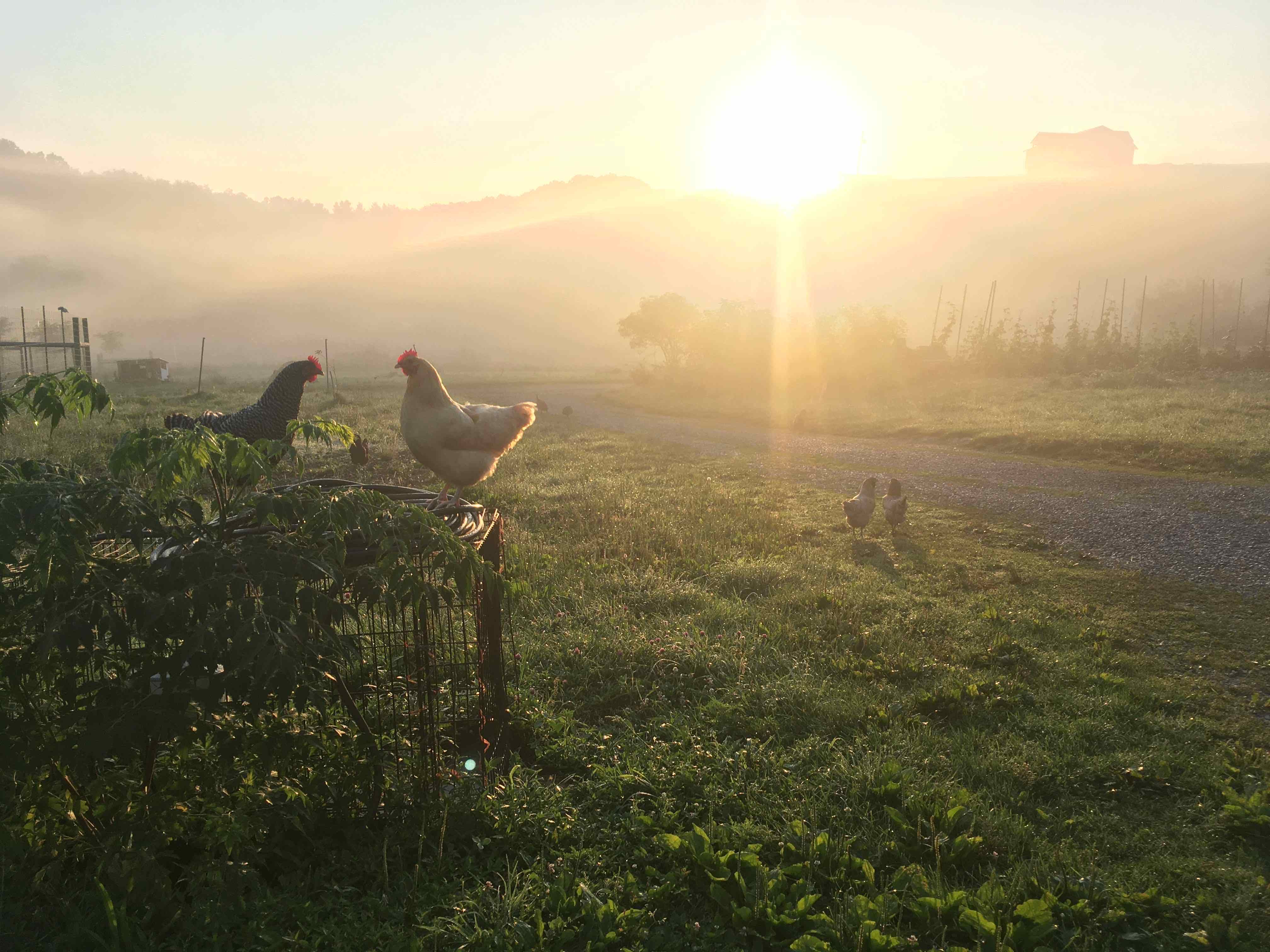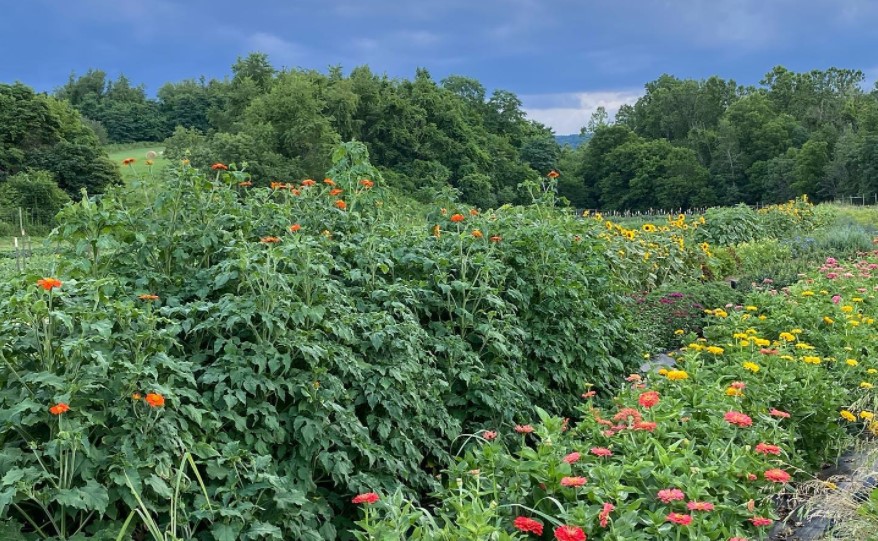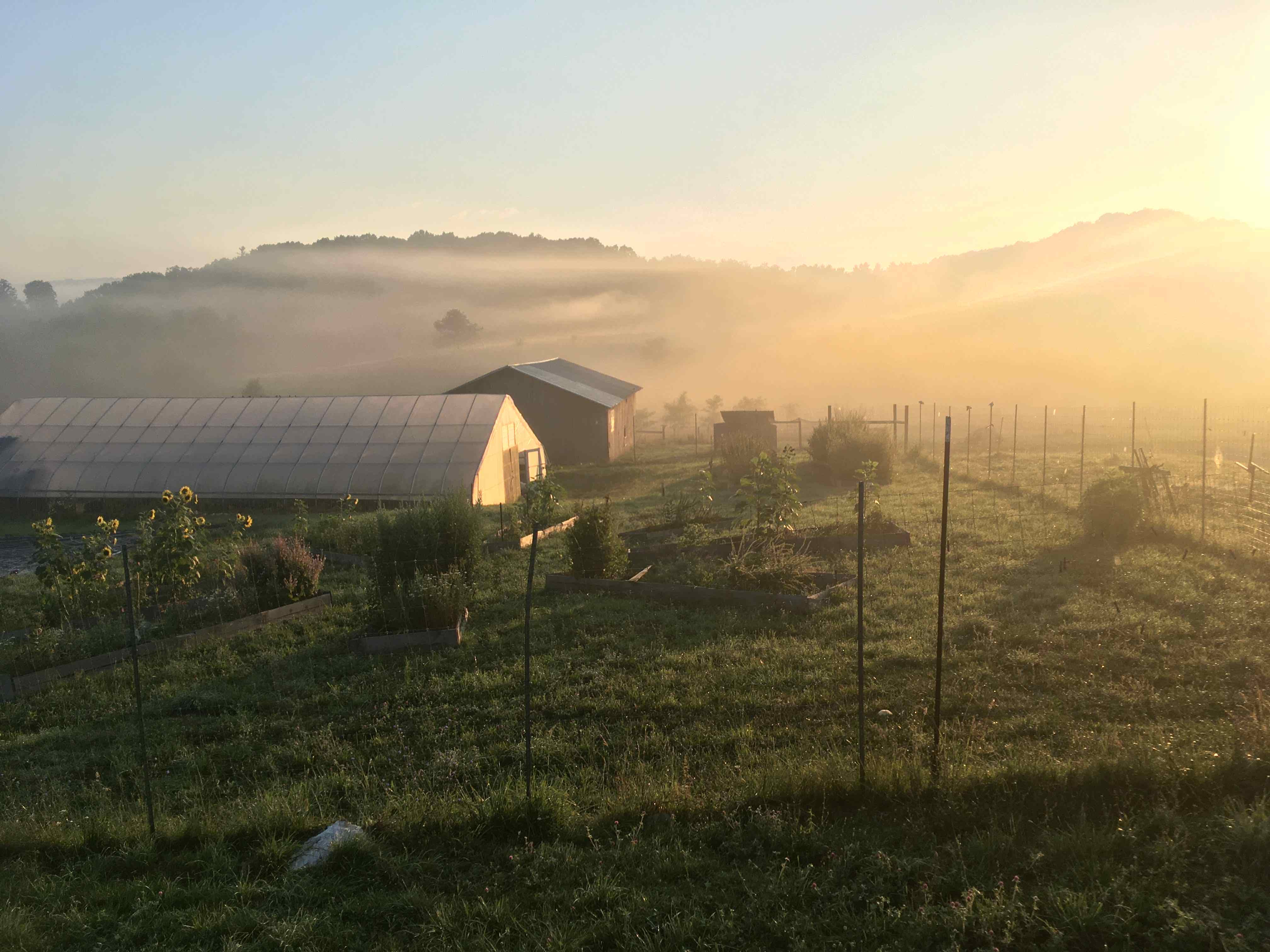The Agrarian Commons is part of a long history of innovative commoning practices that have been formed in opposition to the commodification of land. Yet the dominant narrative in history textbooks frames the commons as a relic of the past, rendered obsolete by the “enclosures,” or widespread land grabbing that lasted from the 15th to 17th century. This narrative has been challenged by thinkers and activists who recognize that around the world, commoners are still actively fighting against efforts to grab their land and overturn traditional land rights. Agrarian Trust stands with these commoners as they seek to articulate a new, just vision of land tenure.
The term “enclosure” is commonly used to describe a period lasting from the early 1600s to the mid-1700s, when the English ruling class forcibly removed hundreds of thousands of peasants from their common land in order to impose a system of private land ownership. Perhaps most famously, Karl Marx cited this process as a prerequisite to capitalism. By depriving peasants of the means of producing their own sustenance, early capitalists created a large, mobile workforce that would be willing to work for low wages in newly emerging industrial centers.

More recently, some activists and intellectuals have expanded “enclosure” beyond its initial historical meaning. For these thinkers, the terms “enclosure” and “commons” do not refer to a time somewhere in the distant past. Instead, they argue that the enclosure is an essential function of the capitalist economy today, while commoners around the world, especially in the global South, are still defending their right to land against large corporations and neoliberal states.
One of the most notable of these thinkers, Sylvia Federici, coined the term “new enclosure” to describe enclosure’s contemporary form. Today, she argues, global organizations like the World Trade Organization and the World Bank use a combination of predatory lending, free trade policies, and violence to deprive people of their traditional claim to the land.
In her essay “The Debt Crisis, Africa and the New Enclosures,” Federici turns to Africa as an example of how this process takes place. In Africa, corporate interests coordinated with global entities such as the International Monetary Fund (IMF) and the World Bank to displace African farmers from their land and introduce “rationalized”—i.e., privatized— agriculture.
As a direct result of these policies, peasant farmers were driven off their land at unprecedented rates.
In the 1970s and 1980s, Federici writes, African nations were in extreme debt; the loans they had taken out had high interest rates which they struggled to pay for, let alone the principal. When these countries defaulted on their loans, the IMF, and later on the World Bank, forced them to deregulate their economies and open their borders to foreign capital and commodities. Many African countries introduced policies that formalized private ownership of the land and delegitimize traditional tribal ownership. As a direct result of these policies, peasant farmers, unable to compete with the unregulated competition of foreign megacorporations and unrecognized by the state as landowners, were driven off their land at unprecedented rates.

Federici sees this cycle of unpayable debt, inevitable defaults, forced austerity, and the unregulated influx of foreign capital as a deliberate attempt to break the traditional models of communal land stewardship that underpin the African agrarian economy.
She cites a 1986 Economist article which criticizes communal land tenure in Africa as irrational, and concludes that Africa’s land “must be enclosed, and traditional rights of use, access and grazing must be extinguished,” after all, history proves that “it is private ownership of the land that has made capital work.” Just as the early English capitalists sought to create a labor force willing to work for low wages by driving peasants off the commons, global entities like the IMF and the World Bank aim to absorb African peasants into capitalist monetary relations by “rationalizing” the African communal agrarian economy.
In the U.S., the average farm holds $1.3 million worth of debt.
Meanwhile, in the United States, the average farm holds $1.3 million worth of debt. Since the secretary of agriculture, Earl Butz, lifted New Deal policies controlling crop prices, and heralded the new era of “get big or get out agriculture,” farms have been forced to pay for increasingly expensive farm equipment and land, while lacking the means of paying for the equipment. The result is an increasing concentration of land in an increasingly small number of hands.

The corrosive effect of debt and land-grabbing has had a particularly negative impact on BIPOC farmers. While white farmers own 98 percent of US farmland, Indigenous farmers, the original and legal owners of American land, own only 2 percent. Black farmers have been hit hard by industrialized agriculture and white supremacist policy-making that excluded Black farmers from New Deal economic protections.
Yet this widespread loss of land, or “new enclosure,” is not inevitable. It is being counteracted by a global movement of peasants, Indigenous people, and grassroots organizations dedicated to reviving the commons, of which Agrarian Trust is an active part. The Agrarian Commons is an effective tool for reclaiming land for the commons, and for returning the means of producing food, community, and healthy ecosystems to the control of local farmers and communities. By prioritizing the needs of BIPOC farmers and marginalized communities, Agrarian Trust ensures that the communities affected most by land grabbing and “new enclosure” have access to powerful tools for reclaiming the land.
Further Reading
Federici, S., and P. Linebaugh. Re-Enchanting the World: Feminism and the Politics of the Commons. Kairos (PM Press (Firm)). PM Press, 2019.


